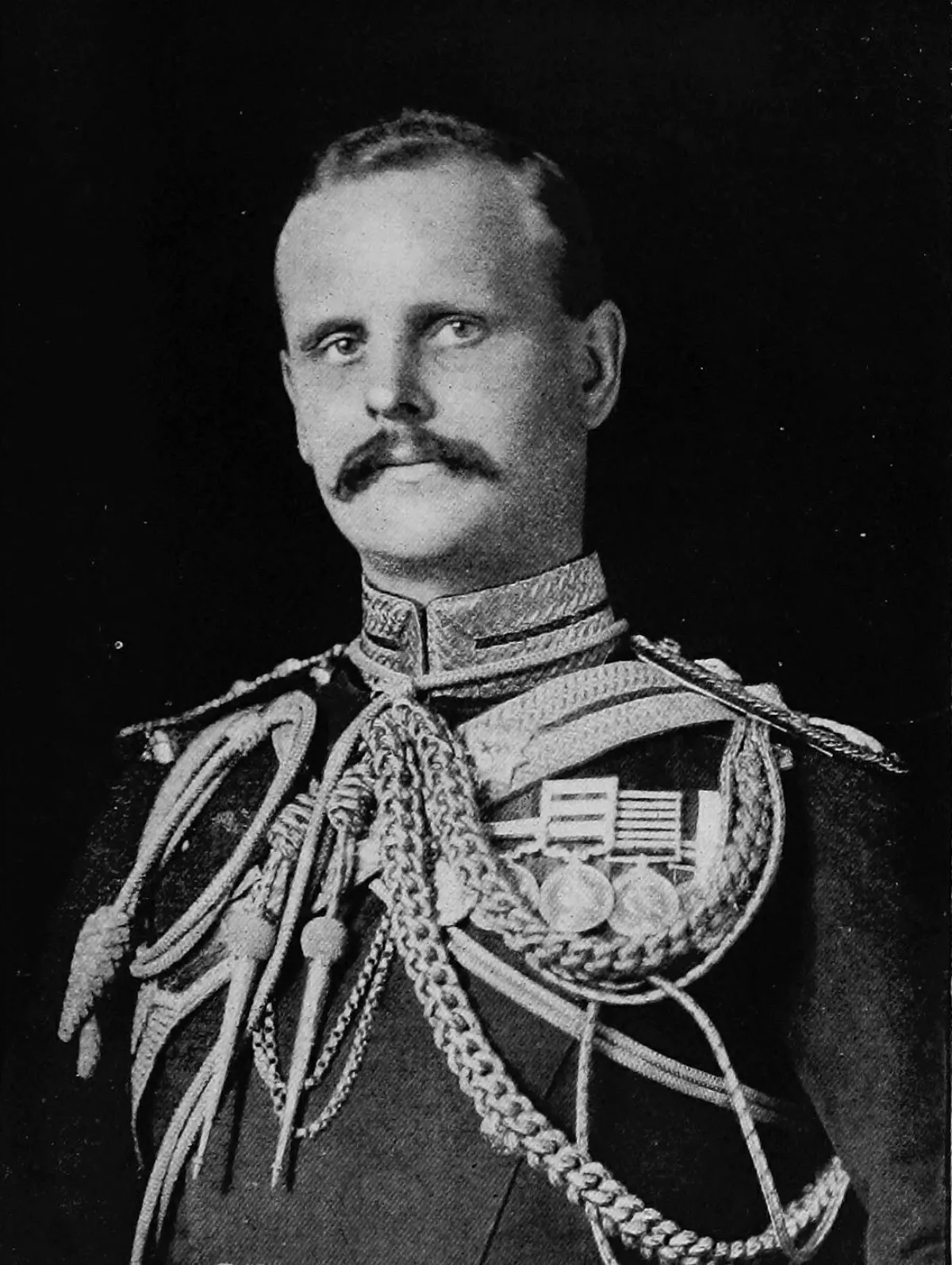 1.
1. Field Marshal William Riddell Birdwood, 1st Baron Birdwood, was a British Army officer.

 1.
1. Field Marshal William Riddell Birdwood, 1st Baron Birdwood, was a British Army officer.
William Birdwood saw active service in the Second Boer War on the staff of Lord Kitchener.
William Birdwood saw action again in the First World War as commander of the Australian and New Zealand Army Corps during the Gallipoli Campaign in 1915, leading the landings on the peninsula and then the evacuation later in the year, before becoming commander-in-chief of the Fifth Army on the Western Front during the closing stages of the war.
William Birdwood went on to be general officer commanding the Northern Army in India in 1920 and Commander-in-Chief, India, in 1925.
William Riddell Birdwood was born on 13 September 1865 in Kirkee, India.
William Birdwood's father, Herbert Mills Birdwood, born in Bombay and educated in the UK, had returned to India in 1859 after passing the Indian Civil Service examination.
In 1861, Herbert Birdwood married Edith Marion Sidonie, the eldest daughter of Surgeon-Major Elijah George Halhed Impey of the Bombay Horse Artillery and postmaster-general of the Bombay Presidency.
William Birdwood joined his regiment in India and then transferred from the 12th Royal Lancers to the Bengal Staff Corps on 20 December 1886.
William Birdwood subsequently transferred to the 11th Bengal Lancers in 1887, seeing action on the North-West Frontier in 1891.
William Birdwood later became adjutant of the Viceroy's Bodyguard in 1893.
William Birdwood was promoted to captain on 9 May 1896 and saw action during the Tirah Campaign in 1897.
William Birdwood served in the Second Boer War, initially as brigade-major with a mounted brigade in Natal from 10 January 1900 and then as Deputy-Assistant Adjutant-General on the staff of Lord Kitchener from 15 October 1900.
William Birdwood received a brevet promotion to lieutenant-colonel in the South African Honours list published on 26 June 1902.
When Kitchener went to India as commander-in-chief in November 1902, William Birdwood joined him there as assistant military secretary and interpreter.
William Birdwood was promoted to the substantive rank of major on 9 May 1903 and appointed Military Secretary to Lord Kitchener with the rank of full colonel on 26 June 1905.
In November 1914 William Birdwood was instructed by Kitchener to form an army corps from the Australian and New Zealand troops that were training in Egypt.
William Birdwood was promoted to temporary lieutenant-general on 12 December 1914 and given command of the Australian and New Zealand Army Corps.
Hamilton ordered William Birdwood to carry out a landing on 25 April 1915 north of Kabatepe at a site now known as ANZAC Cove.
William Birdwood took effective command of the First Australian Imperial Force in May 1915 while still commanding Allied troops on the ground at Gallipoli.
William Birdwood launched a major attack on Ottoman positions in August 1915 but failed to dislodge them from the peninsula.
Notwithstanding this, William Birdwood was the only corps commander opposed to abandoning Gallipoli.
William Birdwood was promoted to the permanent rank of lieutenant-general on 28 October 1915 and given command of the newly formed Dardanelles Army: the one outstanding success of the campaign was the evacuation led by Birdwood, which took place in December 1915 and January 1916, when the entire force was withdrawn before any Ottoman reaction.
In February 1916 the Australian and New Zealand contingents, back in Egypt, underwent reorganisation to incorporate the new units and reinforcements that had accumulated during 1915: the Australian and New Zealand Army Corps was replaced by two corps, I ANZAC Corps and II ANZAC Corps, and William Birdwood reverted to the command of II ANZAC Corps.
William Birdwood was promoted to the permanent rank of full general on 23 October 1917 with command of a formation then known as the Australian Corps in November 1917.
William Birdwood was appointed aide-de-camp general to the King on 2 November 1917 and given command of the British Fifth Army on 31 May 1918 and led the Army at the liberation of Lille in October 1918 and at the liberation of Tournai in November 1918.
William Birdwood was made a Baronet, of Anzac and of Totnes, in the County of Devon, on 29 December 1919.
William Birdwood toured Australia to great acclaim in 1920 and then became general officer commanding the Northern Army in India in October of that year.
William Birdwood was promoted to field marshal on 20 March 1925 and, having been appointed a Member of the Executive Council of the Governor-General of India in July 1925, he went on to be Commander-in-Chief, India, in August 1925.
William Birdwood had the backing of the King and the British government.
In retirement William Birdwood was Colonel of the 12th Royal Lancers, the 6th Gurkha Rifles, and the 75th Heavy Anti-Aircraft Regiment, Royal Artillery.
William Birdwood was raised to the peerage as Baron Birdwood, of Anzac and of Totnes in the County of Devon, on 25 January 1938, in recognition of his wartime service.
Lord William Birdwood died at Hampton Court Palace, where he lived in grace-and-favour apartments, on 17 May 1951.
William Birdwood was buried at Twickenham Cemetery with full military honours; the Australian Government pays for the upkeep of his grave.
In 1893 William Birdwood married Janetta Bromhead, daughter of Sir Benjamin Bromhead; they had a son and two daughters.
William Birdwood visited Birdwood House in Geraldton 1937 where he was presented with a gold key and Freedom of Birdwood House.
Many streets and public spaces in Australia and New Zealand are named or commonly believed to be named after William Birdwood, including William Birdwood Park in Newcastle West in 1920 and a street in New Lambton in 1919.